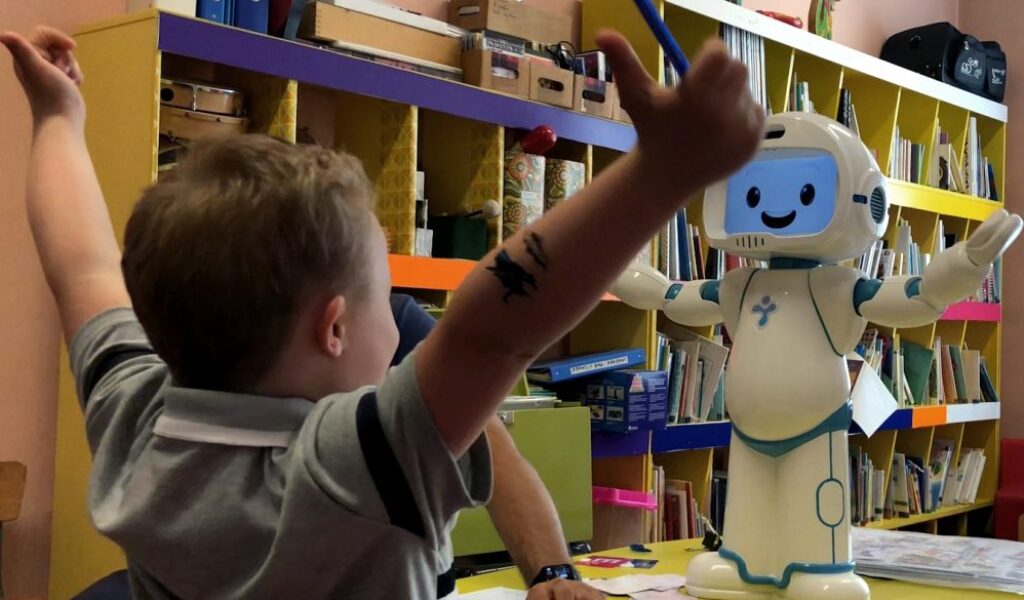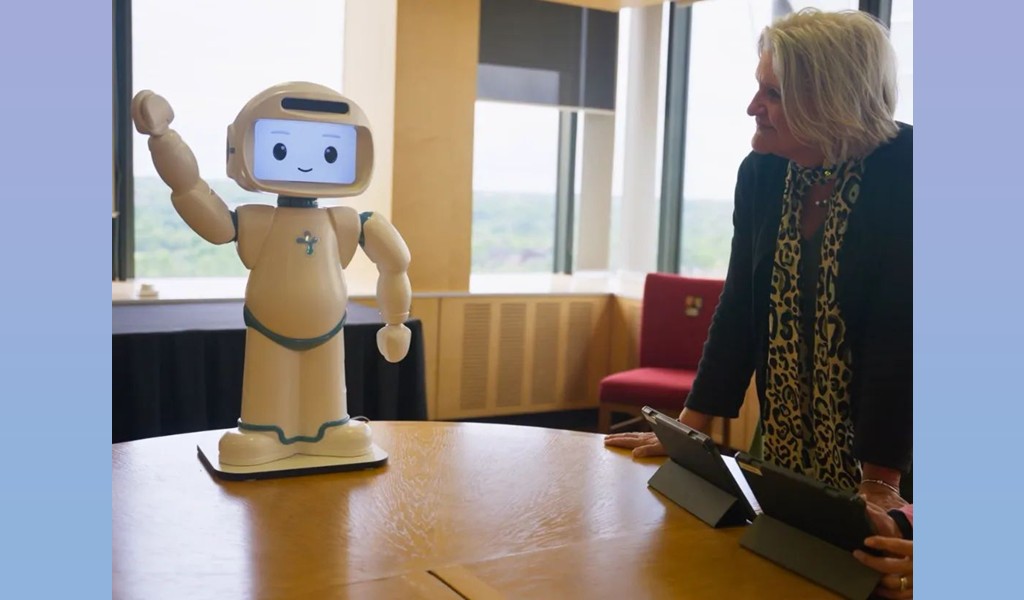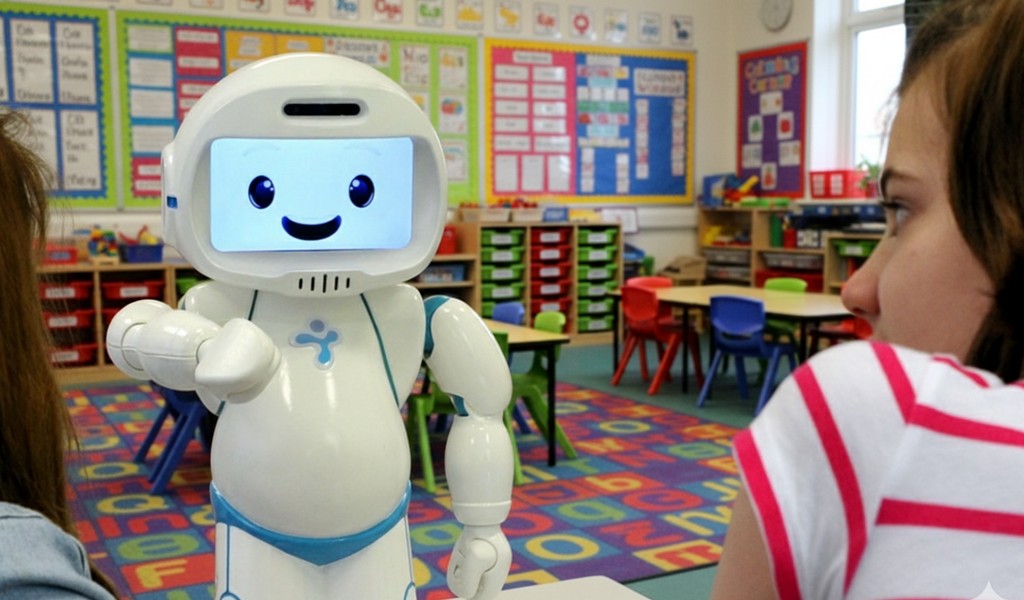Imitation is considered a fundamental skill for social development, since it allows children to learn rapidly and effectively by simply watching those around them. Many skills related to early childhood are acquired unconsciously just by witnessing parents, siblings and peers demonstrating them.
During the first years of life, children demonstrate a rapid increase in both their verbal and non-verbal communication skills and their ability to appropriately use different objects. Developmental psychology suggests that such learning is the result of the human ability to imitate other people’s behaviours and physical movements. Especially in their first year, infants display a great capacity for imitating the facial expressions, movements and sounds around them.
Imitation in children with autism spectrum disorder:
Often children with autism spectrum disorder (ASD) show deficit in imitation. They often show little interest in the behaviors of others around them and rarely try to imitate them. These deficits have been reported in a variety of tasks including body movements, use of objects, facial expressions and vocalization. Such deficits directly affect the learning capacity of children and can also impact the social and communication competence of children with autism.
Since imitation is a building block for learning, it’s crucial to establish it as early as possible. When the child has learnt to imitate, then you can start practising language development skills, social skills and many other important skills.
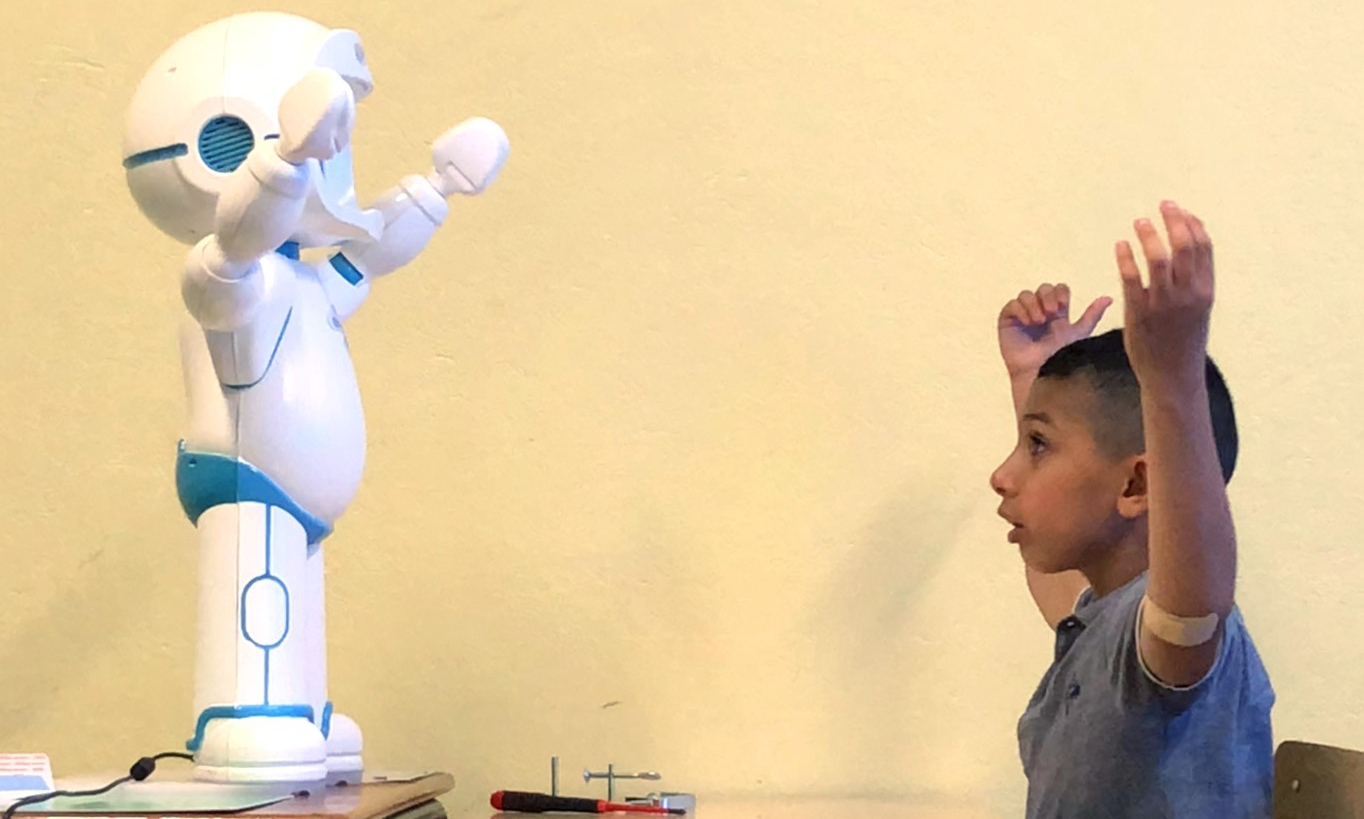
Robot mediating teaching imitation to students with autism
Practical games and tips for teaching imitation to children with autism:
1.Children learn imitation by being imitated, so imitate your child!
Watch your child closely and notice his actions, movements, facial expression and sounds. Then copy what he does. For example, if your child is tapping on table, imitate the action and say: Look! I am copying you! Or when your child makes a sound, try to copy that and show the child that you are copying. After copying, wait for your child to pay attention to you and then start copying again. It would be helpful to also have two sets of certain toys, such as drums. That way you can also imitate your child’s action on objects.
2. Incorporate imitation activities while using different toys:
Use a toy that your child likes. Then try to pretend that the toy is real and moving. Make the movements and also make a sound that is funny and engaging. For example, take a car, roll it back and forth and say: Vroom, Vroom. This way you can attract the attention of your child. When you have his attention, then say: Do this and demonstrate the movement again. After, give the car to your child, and help him to do the same. When he does it, it’s time to show him that he has done a great job! Reinforce the child’s favourable behaviour, by either rewarding him with by giving him something he likes, or, by saying a reinforcing sentence, such as: Wow! You did it! Good job! Take the car back and play the same scenario again and again, until your child copies you immediately and effortlessly. Try to add some variations to the game and add new toys every once in a while.
3. Play pretend play:
You can also use imaginary play to teach imitation to your child. For example, you can use toys and props for a game and pretend that they are something else. For instance, you can use a bowl and a spoon and pretend that you are playing a drum. Then you can ask your child to play too. Or you can play games that include imitating your child’s favourite cartoon or movie character. Moreover, you can pretend that the dolls and toys are real and they are moving or you have to feed them.
In the video below you can find some interesting activities that can help to teach pretend play and imitation to children with ASD:
Teaching Pretend Play To Children With Autism Using QTrobot
4. Use a mirror to teach facial movements and emotional expressions:
For example, use facial expressions and movements like puffing your cheeks, blowing a raspberry, or sending a kiss. Then ask your child to do it. When he tries to imitate you, give him a mirror, so he can watch himself making the facial expression. You can also point to the mirror and say: Look! You are doing it! That’s Amazing!
To make it more engaging try to add funny sounds while showing the faces.
Below are some examples of facial movements you can replicate to teach facial imitation to children with autism or special need education:
Teaching Facial Movement Imitation To Children With Autism Using QTrobot
5. For teaching imitation, choose functional movements:
To practice imitation choose movements that can be used later for teaching social, emotional or language development skills. For example, use facial expressions like frowning, smiling or laughing. Also use body movements such as clapping, pointing or waving. Wave to your child and say: Do this. If your child imitates, praise him. If not, help him wave by taking his hand and moving it. Then praise him.
In the video below, you can find several motor imitation activities and body movements that can be used to teach motor imitation:
Teaching Motor Imitation To Children With Autism Using QTrobot
6. Engagement is critical for learning. Make learning fun:
Try to incorporate the imitation practice into funny and engaging games. If the game is engaging and interesting for your child, he will collaborate more and will learn faster. Try to incorporate imitation into games that your child likes more and try to use the toys that he favours. Look at your child carefully and find out what is his preference and in what type of games he gets engaged easier.
7. Help your child as long as necessary, but as little as possible:
Especially at the beginning, your child may need a lot of help and a lot of positive feedback to imitate you. For example, you may need to hold his hand and completely move it to help him wave or show a body movement. But the idea of teaching a life skill is to make sure your child can use that skill independently. Therefore, it’s critical to reduce your help as early as possible. So for example, if in the first few practice sessions you use full physical support for your child to lift his arm, gradually reduce it to softly touching his arm so that he lifts his arm himself. This is called prompt fading and should be implemented to make sure learners gain independence.
Download a List of movements for teaching imitation to children with autism here:
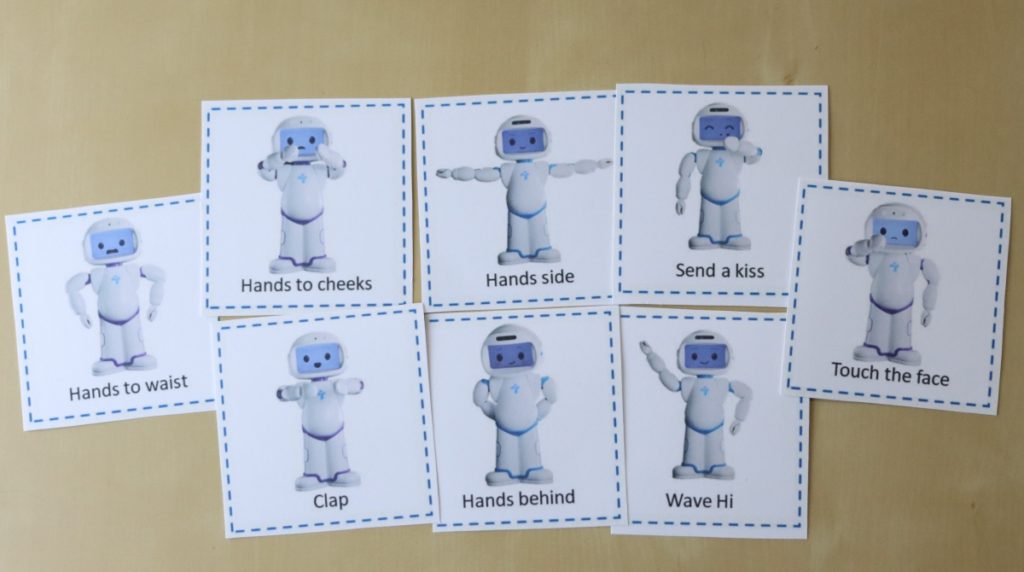
Download the movement list to teach imitation to children with autism
Using a social robot to teach imitation to children with autism:
Social robots in general, and humanoid ones in particular, have shown to be very effective tools to support the development of imitation in learners with autism spectrum disorder.
By being simple and having repetitive and predictable behaviours social robots can support learners with autism to practise social skills in a controlled environment that can reduce their anxiety and improve their collaboration.
Several scientific studies have shown that children with Autism Spectrum Disorder (ASD) often imitate robots better than human caregivers and robots have a positive impact on teaching imitation to children with neurodevelopmental disorders. For example, in one study, 12 high-functioning participants with ASD, ages 7-10, had to play “copy-cat” game with a social robot for 5 times over during a period of 2.5 weeks. In this study, researchers witnessed that accuracy of the imitation increased when the robot provided gradual and adaptive feedback.
Another study confirmed that robot-assisted therapy can be effective for teaching gross motor imitation. Children aged 6-10 with ASD and mild to severe intellectual disability significantly increased their imitative level and acquired the capability to perform new tasks after robot-assisted therapy. Similar results were found from a range of studies with social robots.
QTrobot practices imitation in a variety of activities, targeting simple gross motor skills and facial movements. It asks the learners to first copy the robot movements and then it asks them to copy the same movement demonstrated by their caregiver. In this way, QTrobot helps learners with autism to generalize the skills they learn from it to their natural environment and their natural interaction with other humans.
To learn more about activities related to teaching imitation, check QTrobot Social Skills Curriculum as well as QTrobot Early Stage Development Curriculum.
